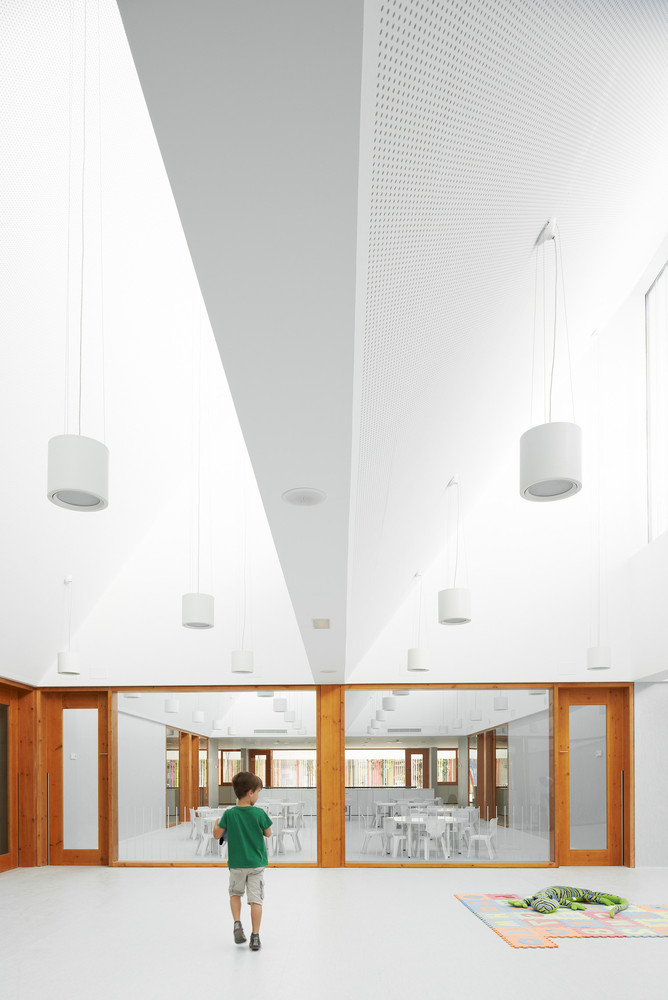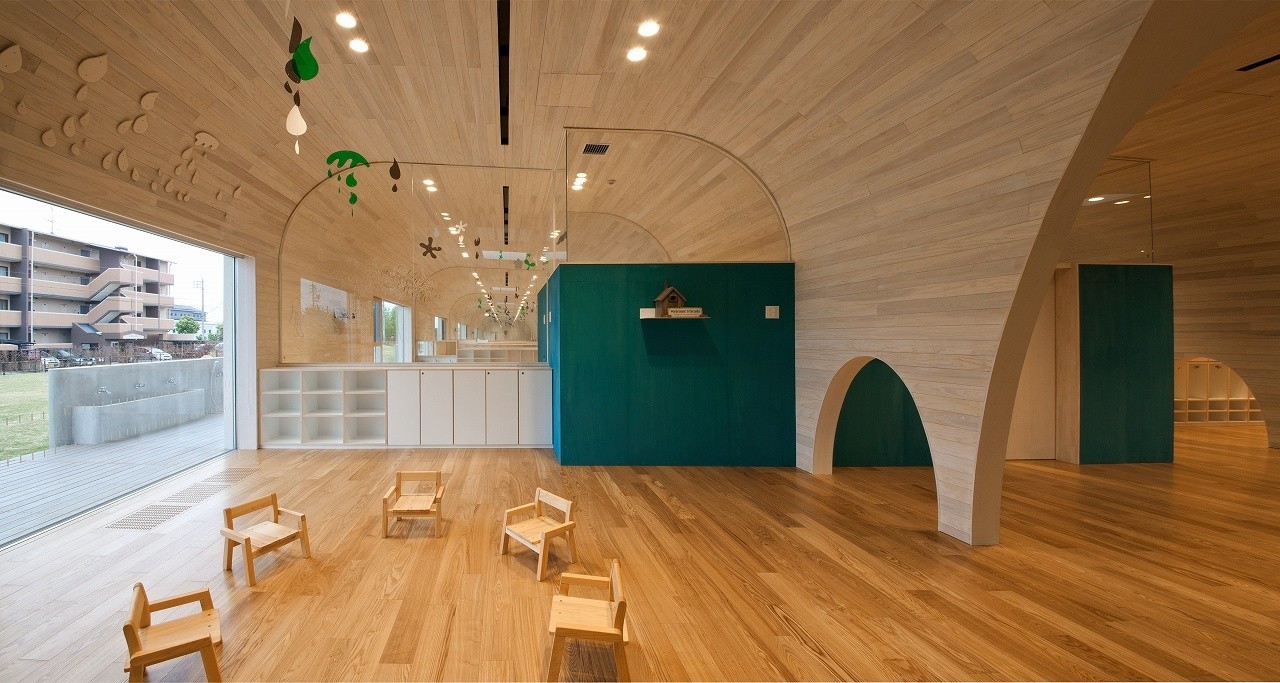Improving the Educational Environment with the Reggio Emilia Approach
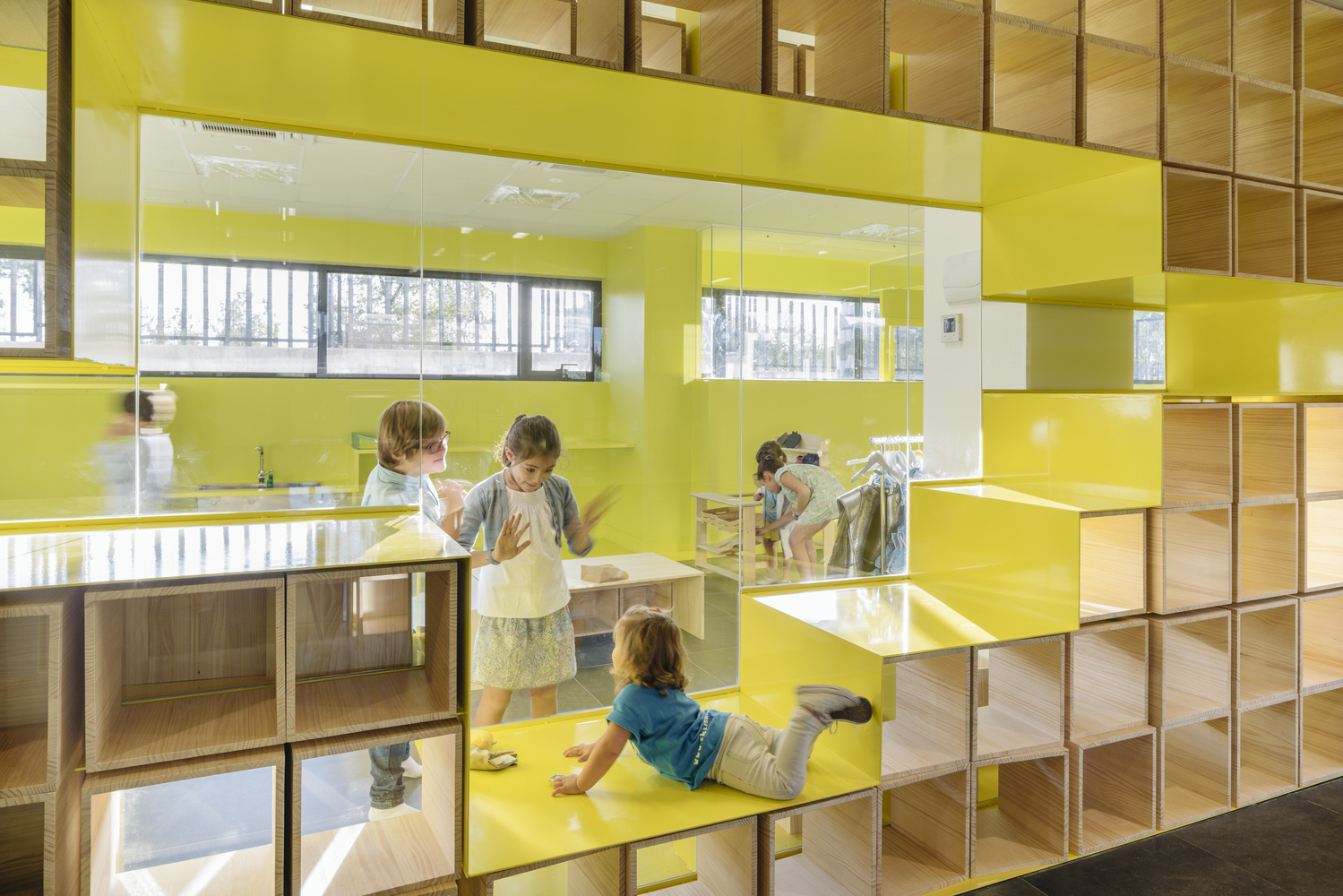
Archdaily_The Reggio Emilia Approach was created in the post-WWII period at the initiative of widowed mothers and under the coordination of journalist and educator Loris Malaguzzi. In a time of postwar urban reconstruction, the group's primary concern was the formation of new schools, where they wanted to create a peaceful, welcoming, and cheerful environment, with a domestic atmosphere where children could stay while their mothers worked. Understanding the children's interests and providing a suitable environment for exploration and experimentation is one of the focal points of this pedagogy. The creation of a safe and stimulating environment is so fundamental that, in much literature, it appears as a third teacher.
Here, the child is understood as a powerful and capable being. Their innate curiosity is the fuel that guides their learning, because it is through it that the child experiences, absorbs, and builds their understanding of the world. Correspondingly, the child's development must occur in a multitude of different languages: expressive, communicative, cognitive, ethical, logical, imaginative, and rational.
Basic Principles of the Reggio Emilia Approach
- The child is the protagonist of their own development.
- Adults are collaborators, observers, and guides to the child's learning process.
- The environment is an important tool for building relationships, communication, and discussions.
- 'Pedagogy of listening:' listening to the child as they would like to be heard raises their self-esteem.
- Collective experience: experience in society and learning in a community are fundamental to the development of children as individuals.
- Creativity connects ethics, aesthetics, reason, and imagination. Art (in all its expressions) is understood as a way of thinking.
- Children should document their work with an understanding and appreciation of process (not just results).
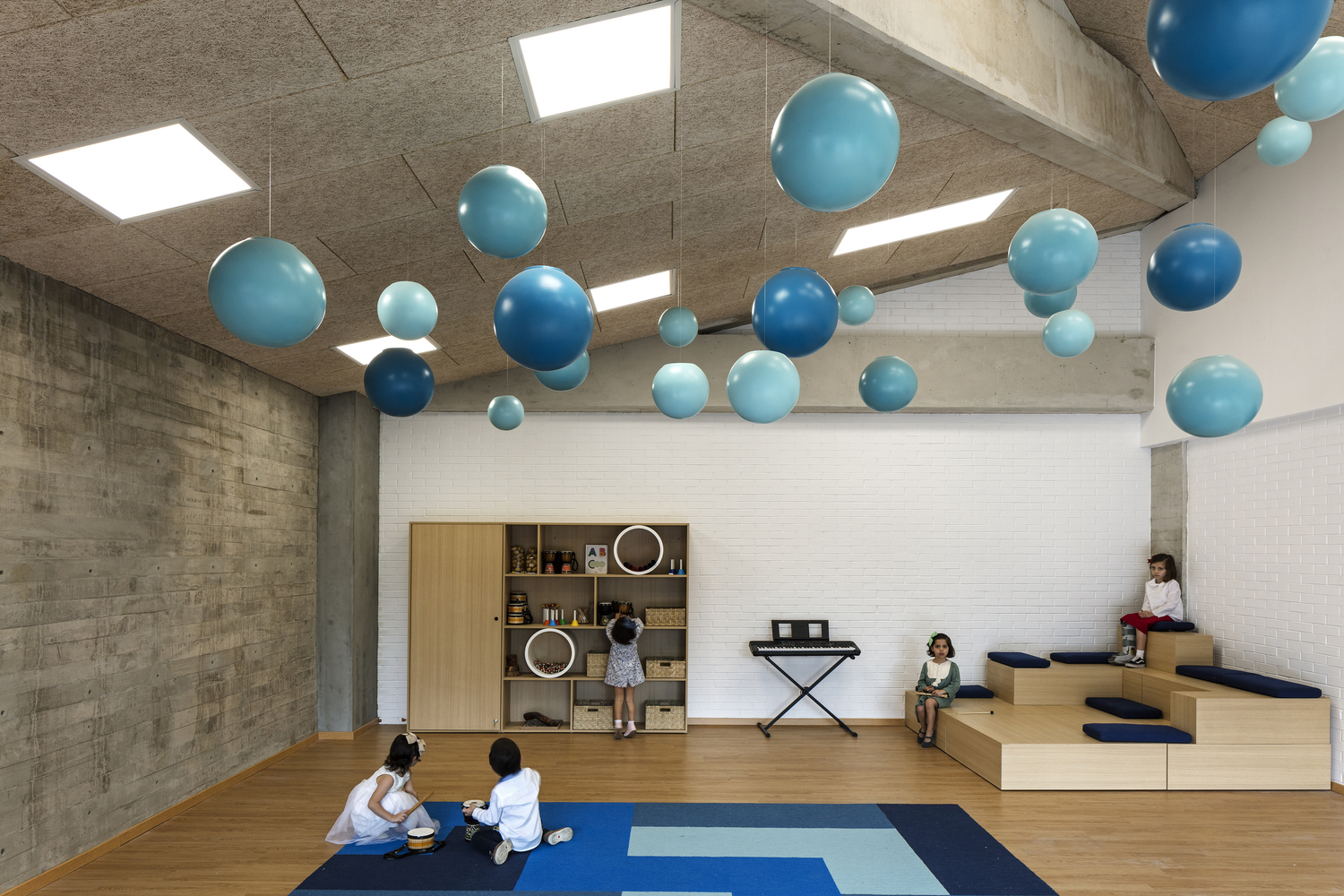
Environment as The Third Teacher
In the Reggio Emilia approach, environment is seen as a third teacher. Its importance is equal to that of the other teachers in each of the school's classrooms. Like a teacher, it acts as an external factor tasked with education of the children, specifically by inviting them to explore the space with freedom and security, guiding their learning.
We value space because of its power to organize, promote pleasant relationships between people of different ages, create a handsome environment, provide changes, promote choices and activity, and its potential for sparking all kinds of social, effective, and cognitive learning. All this contributes to a sense of well-being and security in children. We also think that the space has to be a sort of aquarium which mirrors the ideas, values, attitudes, and cultures of the people who live within it.' – Loris Malaguzzi in 1984.
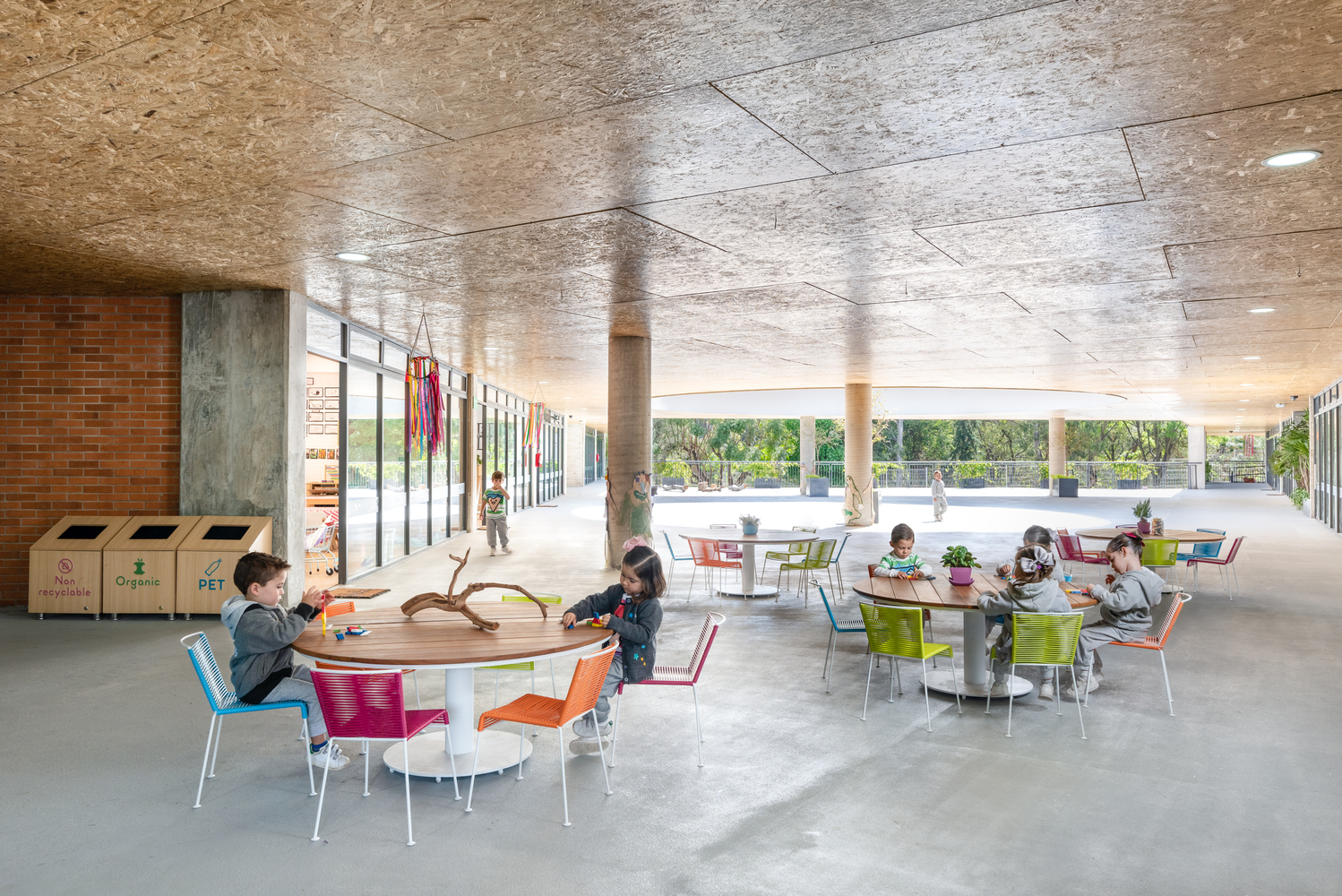
Thus, the Reggio environment is much more than "just useful and safe" [1]. Rather, it is a space that encourages belonging and communication, whether with other children or adults. In other words, it teaches by providing stimuli and experiences guiding the learning and development of each individual child.
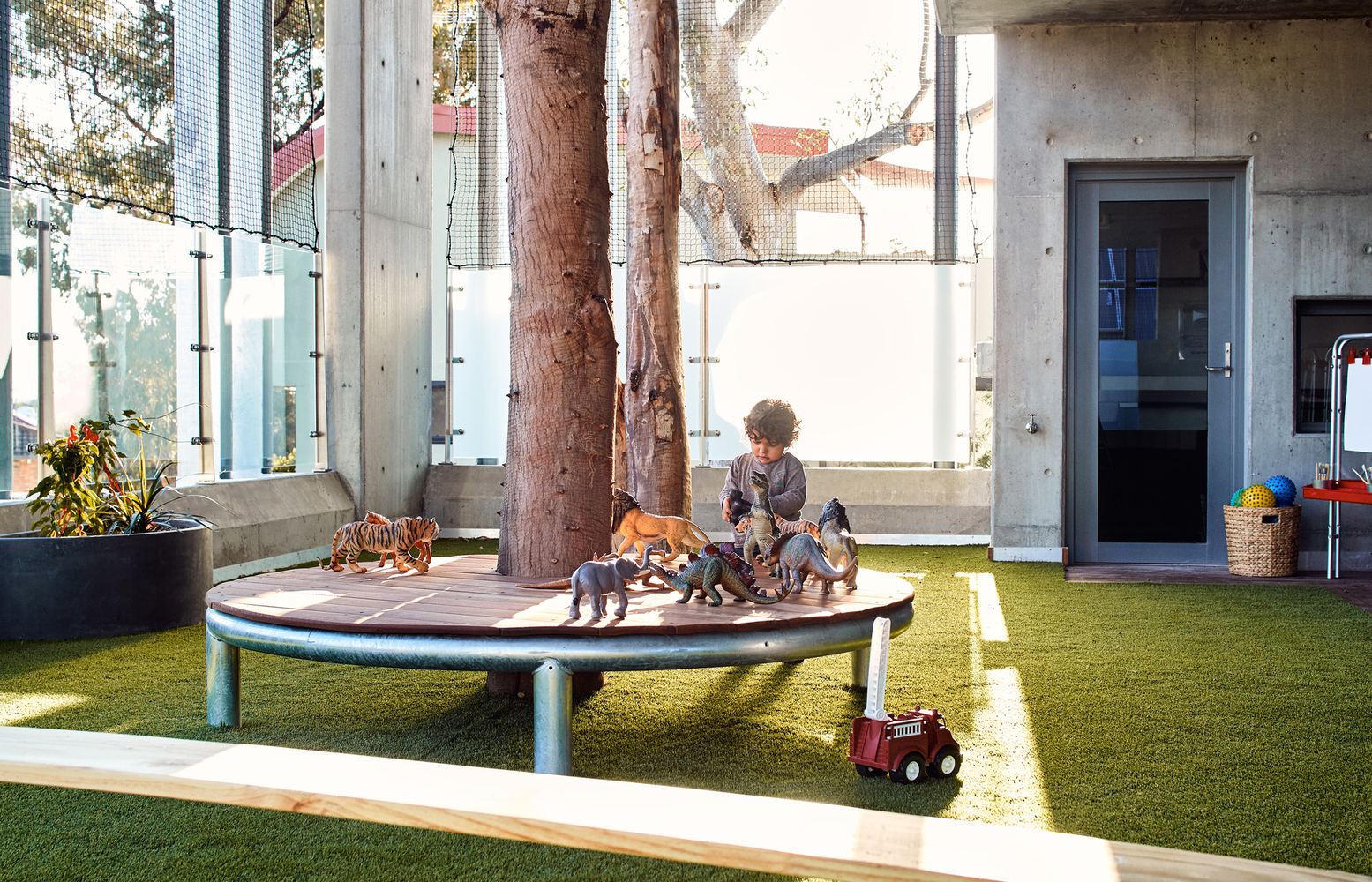
By understanding children as part of the community, the Reggio Emilia approach also always seeks to give them responsibility for the society they live in. Organized activities often take children to neighborhood streets and historical landmarks so that they can experience important parts of their own community. No school that follows the Reggio Emilia approach can be built or renovated without its urban context being considered and analyzed. It is difficult to define specific rules delimiting this approach to the environment, but there are thus parameters shared by many Reggio Emilia schools. They are as follows:
1. Architectural elements are understood as part of the didactic material of the classes. Ceilings and walls, for example, are important vehicles for the exhibition and documentation of works of art (such as sculptures, paintings, or mobiles) made by children.
2. Natural lighting is used to create light effects that stimulate curiosity and creativity. To this end, windows, light tables, natural light sources, and mirrors are important architectural elements in these schools.
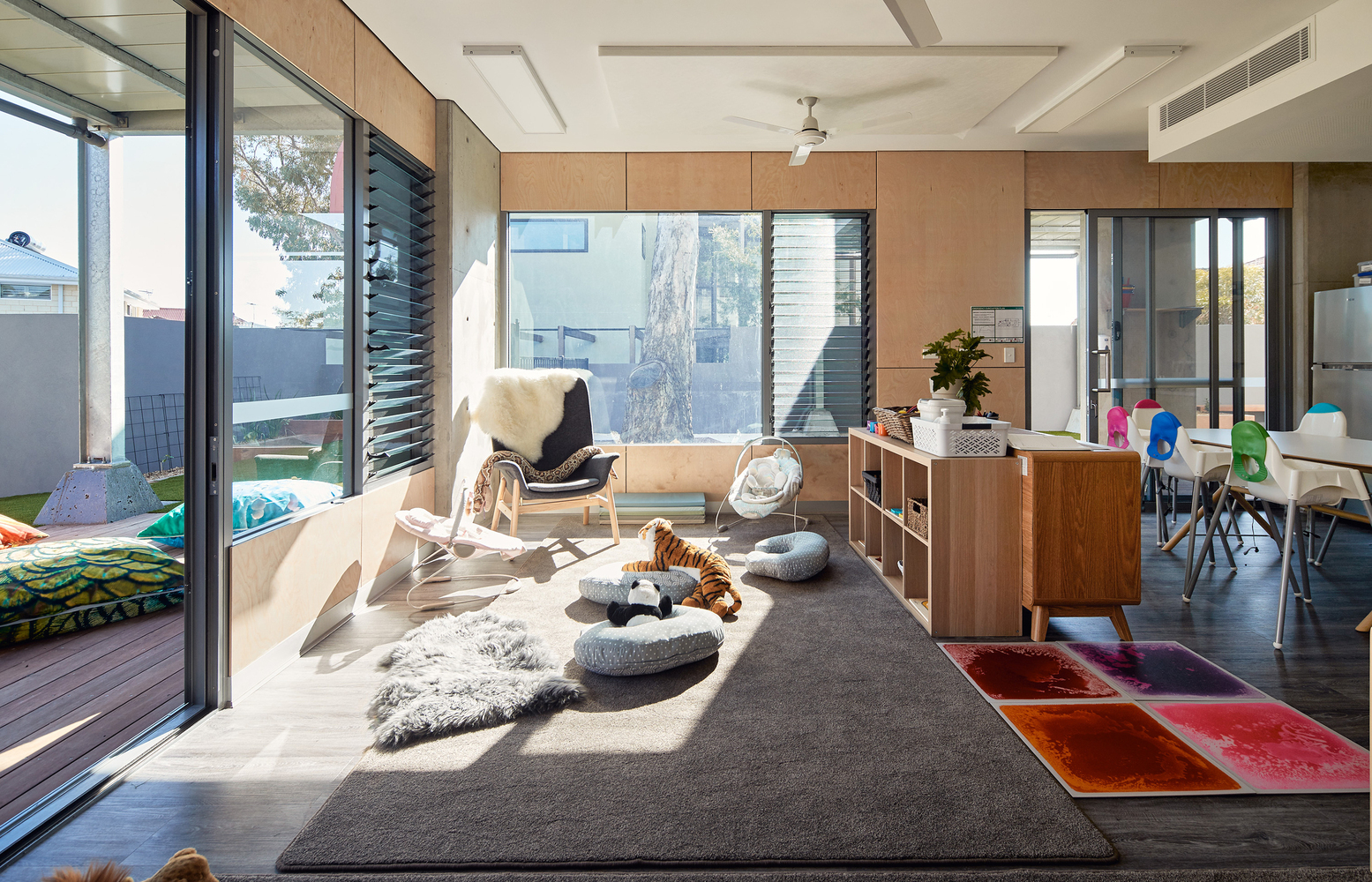
3. A cozy atmosphere, creating a warm and welcoming feeling for all, must be generated by the interior and architectural design.
4. Flexible interiors, which preferably do not have fixed elements, must allow children to propose and execute modifications themselves. For this reason, most Reggio Emilia schools have furniture designed in light wood.
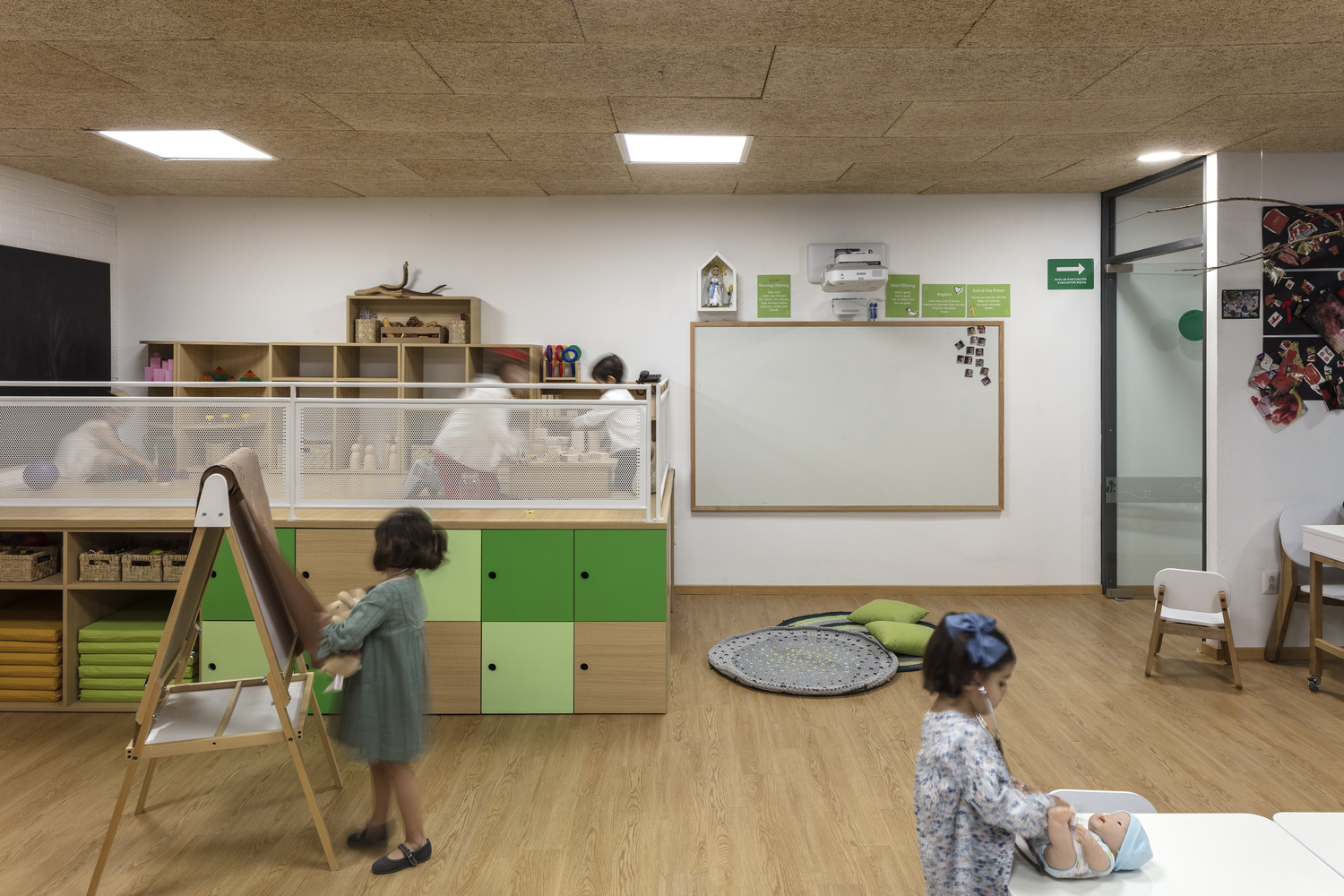
5. Central squares are indispensable to a culture of relationships and communication. Usually, the spatial organization of each school incorporates central squares (piazzas) to which all the program's environments converge: large and small classrooms, the library, administrative areas, the kitchen, cafeteria, bathrooms, etc. When the project does not include a central square, a garden is positioned in the most convenient place to a similar effect. All program items in the building must be efficiently and enjoyably accessed. Each environment is thus served equally.
6. Glass walls have the function of connecting internal and external spaces. They offer a greater incidence of natural light, allow children to observe and play with transparencies and reflections, and afford a greater sense of community as it is possible to see other children working between the rooms.
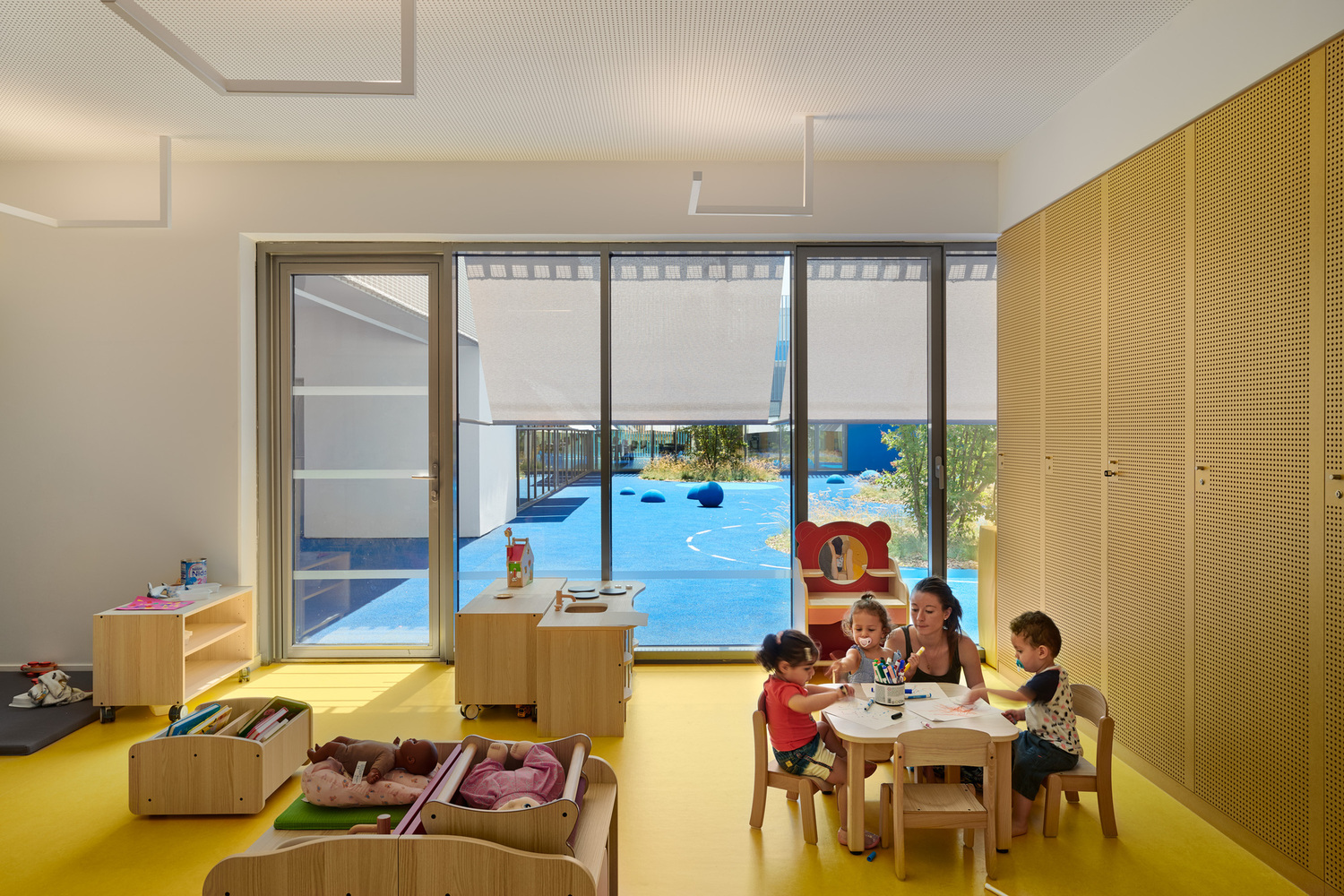
7. Playful bathrooms are designed with mirrors commonly cut into different shapes for a more fun experience.
8. Shelters. There are smaller spaces strategically positioned to provide refuge for children who feel the emotional need to spend time alone.
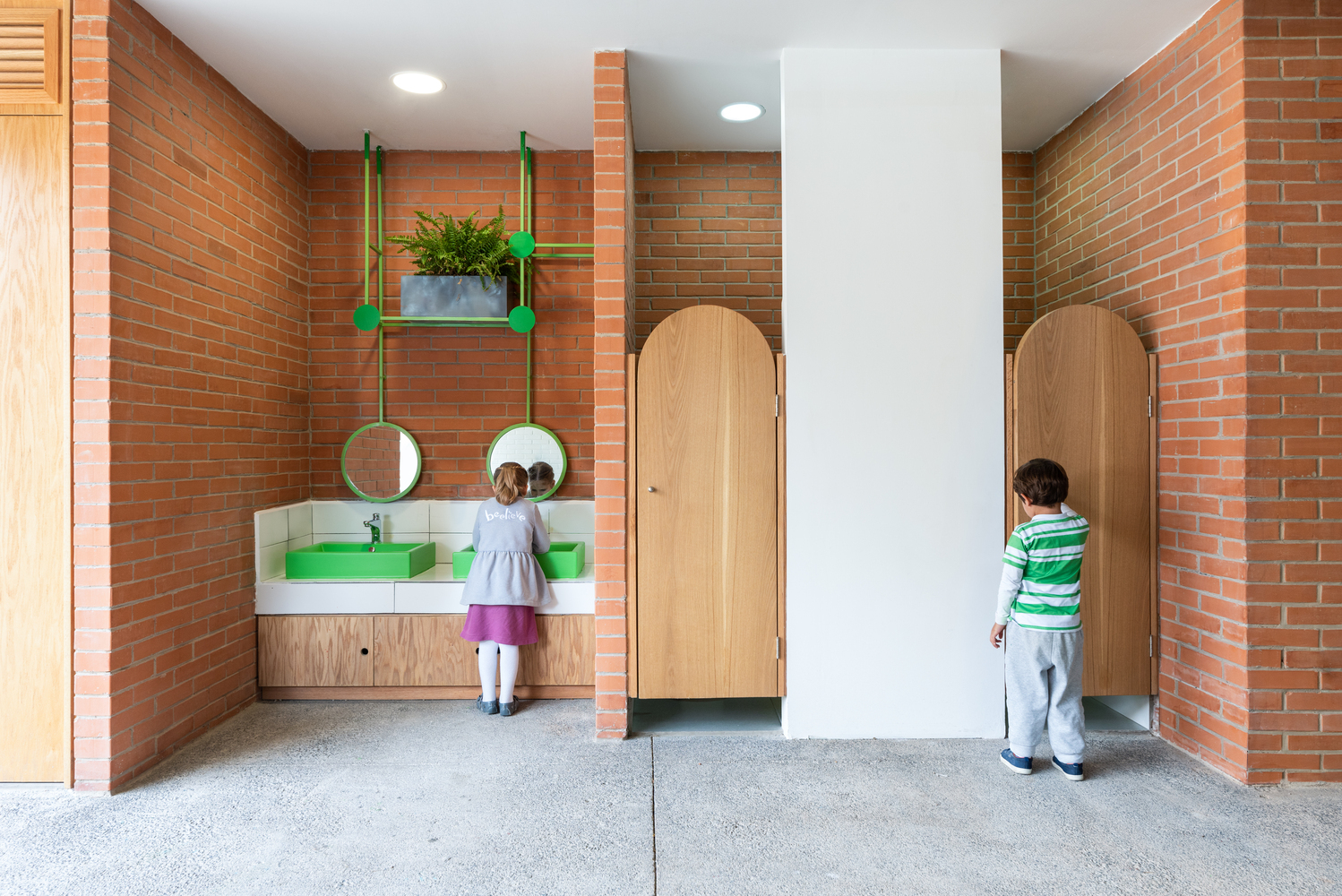
9. Rhythm and movement are valued. Connected spaces with multiple architectural elements and objects are designed to facilitate rhythm and movement and encourage activities with these characteristics as well.
10. Organization and accessibility. The organization of the space gives children enough autonomy to explore and create activities that interest them.
11. Democracy in training. Students and teachers decide daily activities together (from options previously selected by teachers). It is quite common to include an architectural element, like bleachers, to house these assemblies.
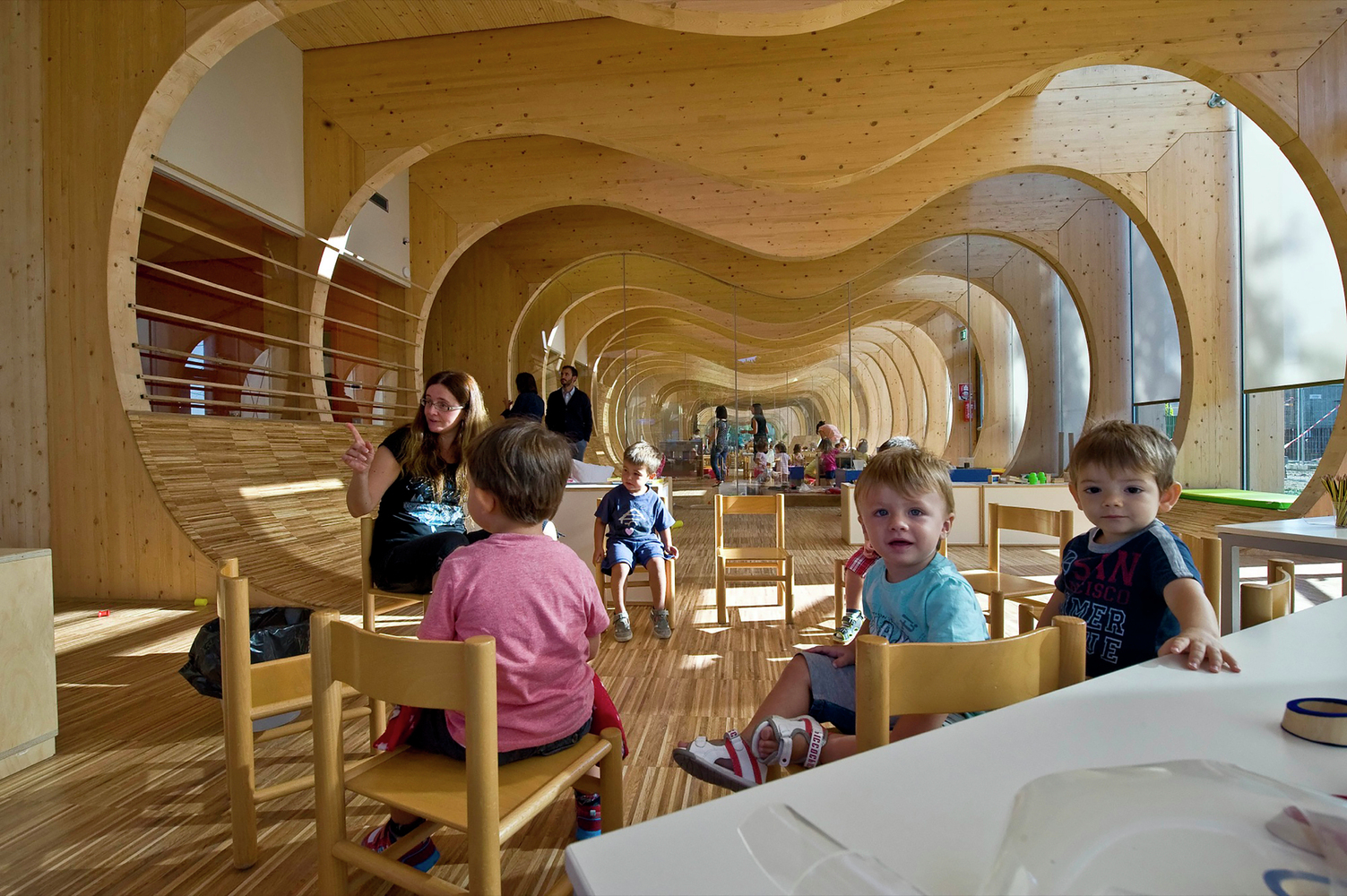
For the design of classrooms specifically, there are different approaches depending on the ages of the children.
In spaces for children between 0 and 3 years old, the biggest concerns lie with the coziness and safety, allowing babies to crawl. There are a variety of objects in these classrooms that stimulate movement. It is very common to use glass walls to separate the baby's area from other areas so that they don't feel alone in their environment. The studios for children of this age use materials such as flour and paint, valuing their sensory experiences.
In rooms for children aged 3 to 6, the toys available are all "unstructured" (LEGO®, blocks, animals), preferably made of wood. There is also a lot of recyclable material available for the development of new projects and replicas of household items. Most of the space is covered with rugs so that children feel comfortable to explore it freely. Materials such as clay, various papers, and wire are used in studios for this age group.
